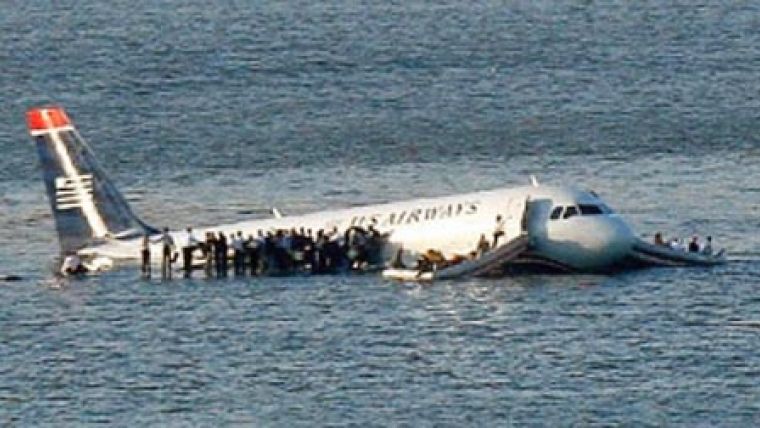Oceanography Assists Rescue Hudson River Plane
Operational oceanography played a key role in the safe rescue of all 155 people on board US Airways Flight 1549 which crashed into the Hudson River on 15 January 2009, as Alan F. Blumberg of the Centre for Maritime Systems, Stevens Institute of Technology writes in the latest issue of the Journal of Operational Oceanography (JOO) published by the Institute of Marine Engineering, Science and Technology (IMarEST).
From his campus window Professor Blumberg could easily see the plane with its passengers standing on the wings awaiting rescue. He and his colleague Nickitas Georgas were able to use the Stevens NYHOPS - New York Harbor Observing and Prediction Systems website to prepare a detailed summary of the water and weather conditions in the Hudson River surrounding the crash site and a forecast of conditions for the next 48 hours. Those details were emailed to the Director of Watch Command for the NYC Office of Emergency Management (OEM) and the EMS Command Center, Fire Department of New York within minutes of the crash.
He goes on to explain, operational oceanography played a vital role in the decision to deploy rescue assets downstream, not upstream, along Manhattan and to guide the plane eastward to an area for salvage operations. Speed of rescue was all important for the passengers and crew as hypothermia on a cold January day could result in a matter of minutes.

Value staying current with hydrography?
Stay on the map with our expertly curated newsletters.
We provide educational insights, industry updates, and inspiring stories from the world of hydrography to help you learn, grow, and navigate your field with confidence. Don't miss out - subscribe today and ensure you're always informed, educated, and inspired by the latest in hydrographic technology and research.
Choose your newsletter(s)
























